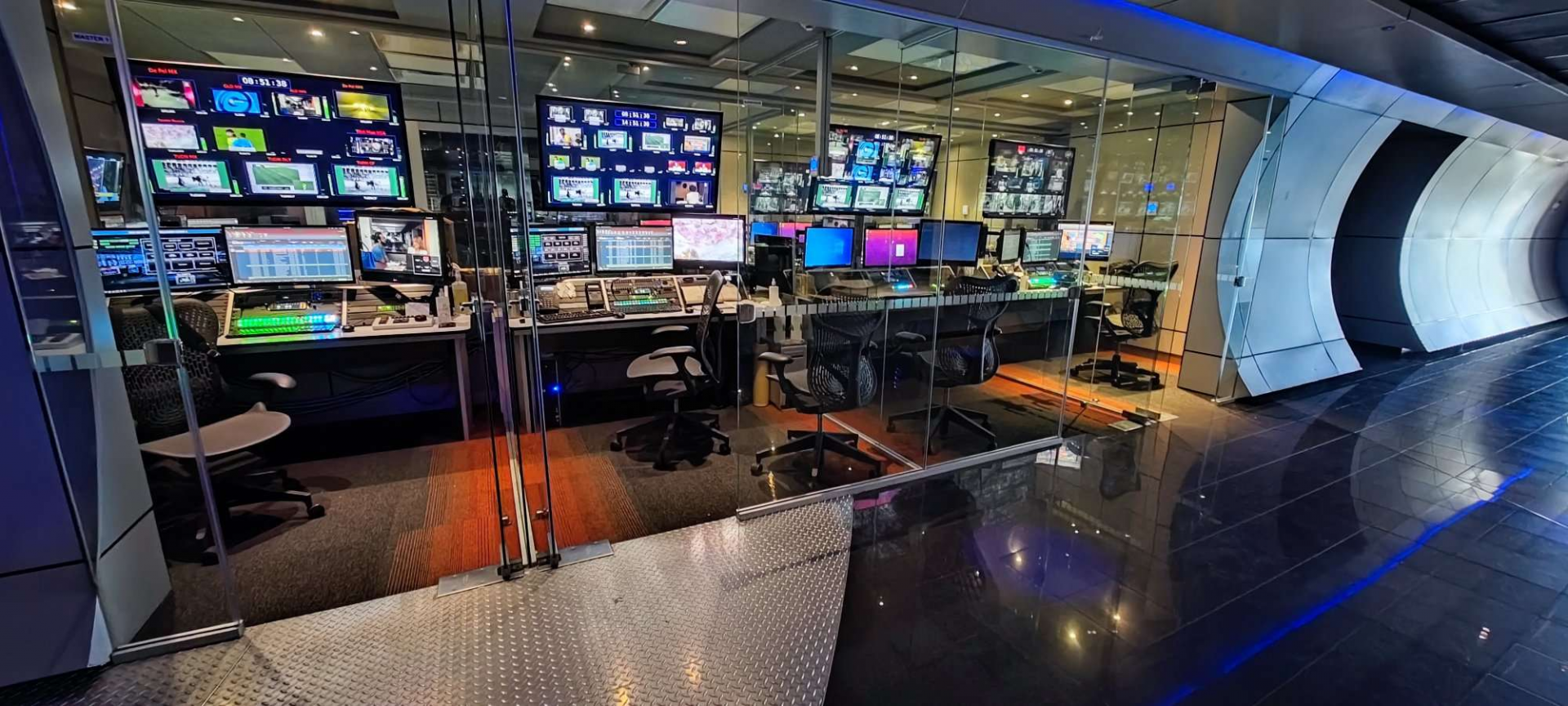Disaster Recovery Considerations
A Small Chance of Failure Can Lead to Massive Problems
Pavel Potuzak, CEO, Aveco
Let’s be honest. There’s a small chance that you’ll need to use a disaster recovery (DR) system. The problem is, that low probability – should the situation arise – can lead to both loss of advertising revenue as well as a loss of viewership that continues past the DR event, because a viewer that has left your channel will never know that you are back on the air/cable/satellite/streaming service, unless they actively keep looking for your channel. That may be in a few minutes, an hour, a day, or longer. And should a DR event occur because of a natural or man-made disaster, your brand reputation will take a major hit if you are a provider of local or national news and you go off-air.
There are minimal DR systems as well as ‘top of the line’ systems. We’ll take a quick look at each.
A DR site with minimal functionality can keep you on-air at the lowest cost. The operational model is similar to your primary workflow and may only require minimal training, if training is needed at all. This is a ‘Dual Use’ model, where backup resources are ‘housed’ in your main facility. In its basic form, it’s extra capacity located on-premises.
An additional studio could be used for live events without impacting your main studio. Additional equipment could be used for ingest and QA.
Dual Use is a decent model, but you’ve probably already thought of the issues that come with it: What if my main facility is totally off-line? What if my back-up power supply fails? There are a lot of ‘what ifs’.
Now let’s take a look at a top of the line DR system. For this example, we’ll use Televisa in Mexico, one of Aveco’s premium DR customers.
Televisa’s DR system has a fully redundant master control with frame-by-frame disaster recovery for 80 TV channels that are located on-premises and in the cloud.
Should there be any issue with any (or even all) of Televisa’s master control rooms (MCRs), the Aveco system instantaneously switches to the always-on backup DR system(s) the moment the issue is detected.
Each disaster recovery MCR is equipped with its own playout servers and duplicate playlist for immediate on-air takeover. No spin up time is required as the disaster recovery system mirrors the main MCR output frame-by frame 24/7.
The disaster recovery MCRs are located in a different city for optimal security. Any latency is negated by the disaster recovery MCRs running an exact duplicate of the playlist with weeks of program and commercial content available.
This unique DR method provides the ultimate redundancy quality at fraction of the price that you might be thinking, due to the unique efficiency of Aveco's dynamic resource management which optimizes use of all hardware and software; this capability also allows full "self-healing" of broadcast facilities. All systems switch a backup to air, Aveco's self-healing instantly can re-build a new backup, with no operator intervention, by applying facility management rules. This is unique in the industry and is a recommended component of all redundancy and disaster recovery planning.
For more in-depth information on Aveco DR solutions, please visit: www.aveco.com/en/solutions/detail/11/disaster-recovery
